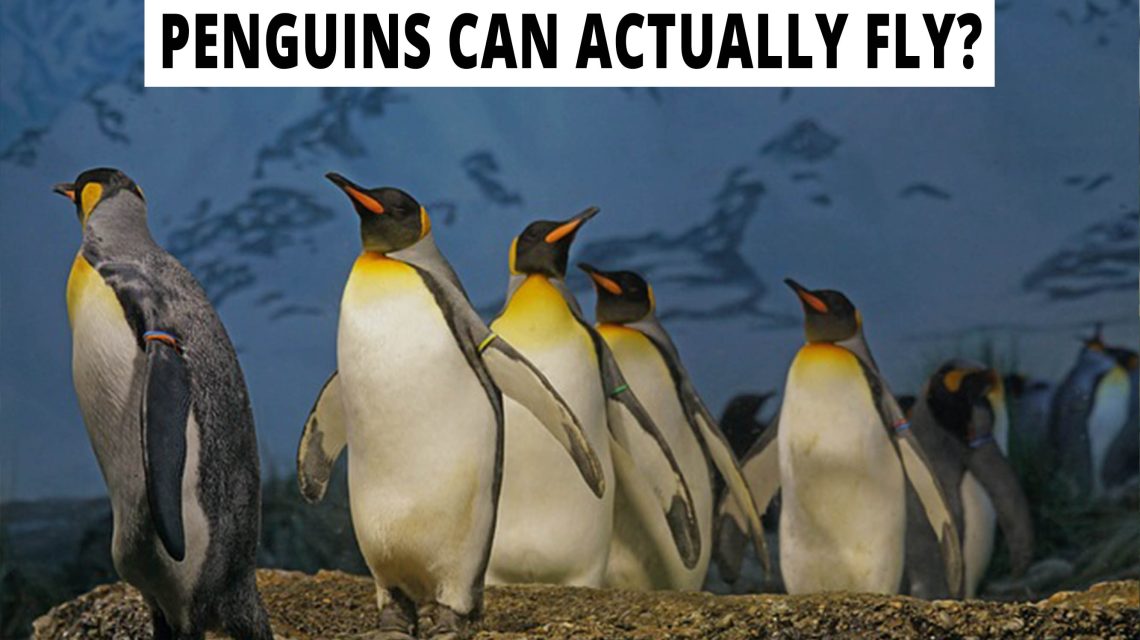Penguins are more talked about and adored animal species in the world. The continent of Antarctica is considered the home of Penguins. Most Penguins are found in the Southern Hemisphere, but there are distributions in Australia, South Africa, and Galapagos Islands. The penguins are unique as they are birds, but they are better at swimming. The Penguin belongs to the kingdom of Animalia and the family of Spheniscidae.
Types of Penguins
01. Emperor Penguin
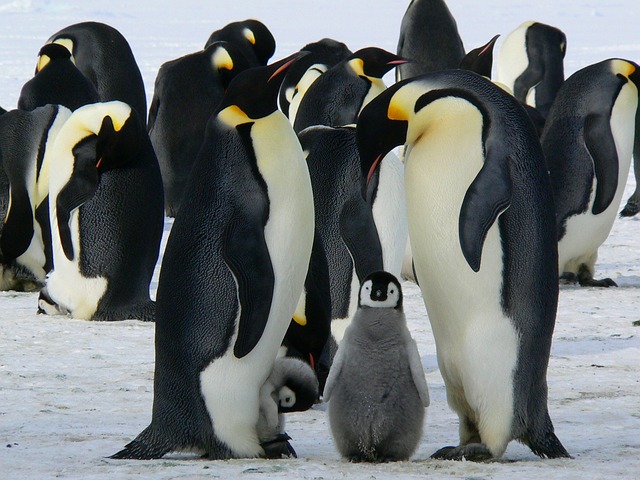
The Emporer Penguin is a native penguin species in Antarctica; they are introduced by the scientific name Aptenodytes forsteri. Among all the Penguin types, the Emperor penguin is the tallest and heaviest Penguin. They grow to 122 centimetres tall, and they are between weigh of 22 and 45 kilograms. They are in colour Black and white and have yellow colour breasts. The Emporer penguins can remain under the water for 18 minutes.
02. King Penguin
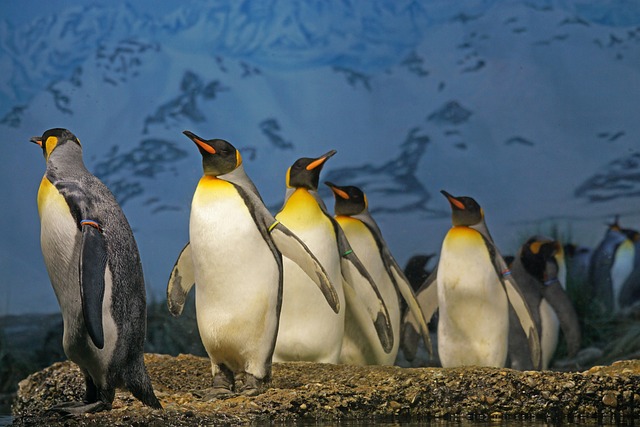
The King Penguin, Aptenodytes patagonicus, is the second largest penguin type in the world. The A.p patagonicus and the A.p.halli are the two subspecies of the King Penguin. King Penguins are more found in South Atlantic. They also feed the fish, squid and lanternfish.
03. African Penguin
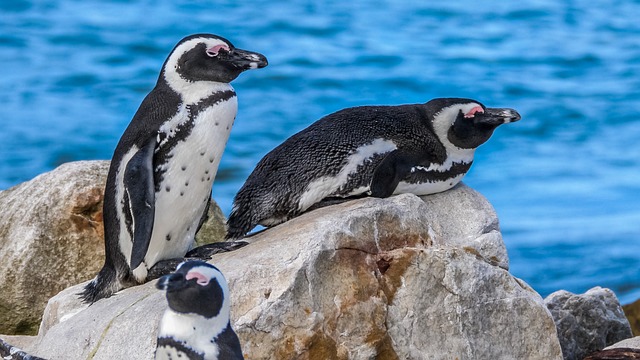
The African penguins are the penguin type confined to African waters; they were introduced by the scientific term Spheniscus demersus. They appear with black facial marks and with pink patches on their skin. There are 24 islands, including Algoa Bay and Namibia, where we can find African Penguins. The population of African penguins are threatened by the removal of guano, oil spills and the competition by fisheries.
04. Magellanic Penguin
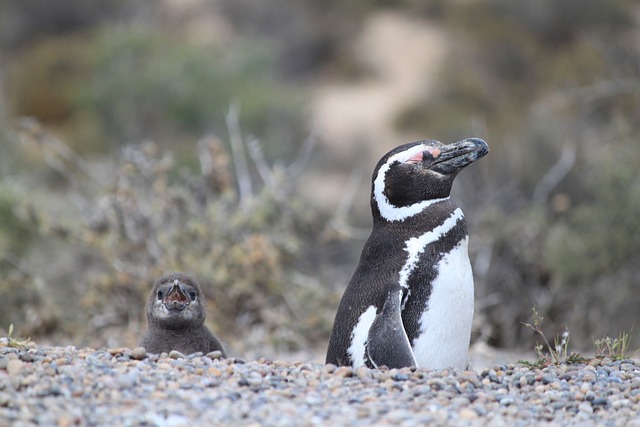
The coastal areas of the Falkland Islands, Argentina and Chile, are the popular habitations of the Magellanic penguins. The Magellanic penguins grow in the height of 61-76 centimetres, and they also feed on marine fish. They are also called Spheniscus megallanicus by the scientific name. The climatic changes and natural phenomena like wildfire, temperature extremes and storms affect the lives of this type.
05. Little Blue Penguin
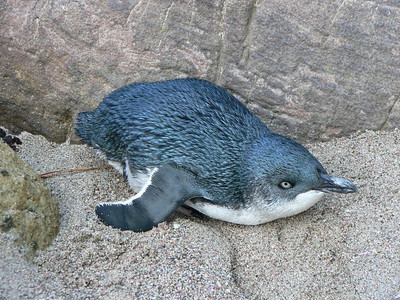
The Little Blue Penguin is a minor penguin type with 33 centimetres in height. The Eudyptula minor is the scientific name to call the Little Blue Penguin; they live more on the coastlines of New Zealand and Southern Australia. Oil spills and plastic pollutions are the leading causes that endanger their lives.
06. Adelie Penguin

The Adelie Penguins live in the regions of Antarctica mostly in the areas where the coastal seabirds habitats. The Adelie Penguins grow between the height of 46 to 71 centimetres and they have the scientific name Pygoscelis adeliae. The Adelie Penguins are survived by glacial squids and krills. The eyes of these penguins have a white ring around their eyes and their feathers have the base of the bill.
07. Gentoo Penguin
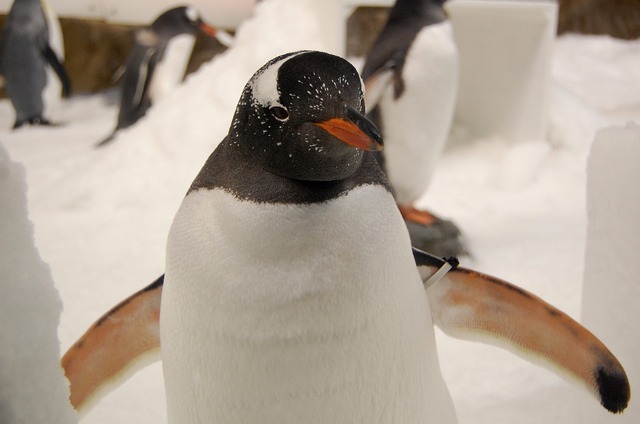
The Gentoo Penguins have a close association with the Adelie penguins. The gentoo penguins are in sizes of 51 to 90 centimetres. The Pygoscelis Papua breed can mainly find in the sub-Antarctic islands of the Kerguelen Islands, South Georgia and the Falkland Islands. The Gentoo penguins often prey on Sea lions, killer whales and leopard seals.
08. Chinstrap Penguin
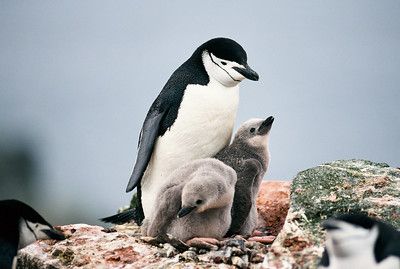
The Chinstrap penguins are also named Pygoscelis antarcticus. This penguin type has a narrow black band under its head; it looks like they are wearing a helmet. The Chinstrap Penguins can be found in the islands of the Antarctic Ocean and Southern Pacific Ocean. A Chinstrap penguin weighs three to five kilograms and grows to 72 centimetres tall. Squid, fish, krill and shrimp constitute the food of the Chinstrap penguins.
Habitat
The Penguins are more distributed in cold water regions with nutrient-rich areas. They live in remote continental island regions that keep them free from land predators. The Penguins can not fly for survival, so they use the trick of living away from predators. They mostly settled in areas where they could have a good food supply. The population of Penguins are distributed in the Northern and the Southern hemispheres, far from the equator. The Penguins are also called swimming birds. They prefer to swim in the ice-cold ocean water. The penguins can swim faster, leap into the water, and dive deep. Their body is formed with a layer of fat and air to keep them warm in the cold water.
Appearance
Almost all the penguins are similar in shape. Mostly the penguins are in the colours black and white. The formation of Black and white colours has scientific importance; when penguins swim in the ocean, the black back helps them to disguise themselves from above, and the white stomach makes them hard to see from below to blend into the sky and sunlight. According to the species, the size of the penguins changes. Usually, the height ranges come between 15 inches to 3.5 feet, and the weights differ from 2 pounds to 88 pounds. The body of f a penguin formed with a large head, short neck with elongated body. They have stiff, wedge-shaped short tails.
Diet
The Penguins’ diet depends on fish. The penguins survive by eating the fish varieties of krill, octopus, squid and crustaceans. There are slight variations in the diet of Penguins according to their species.
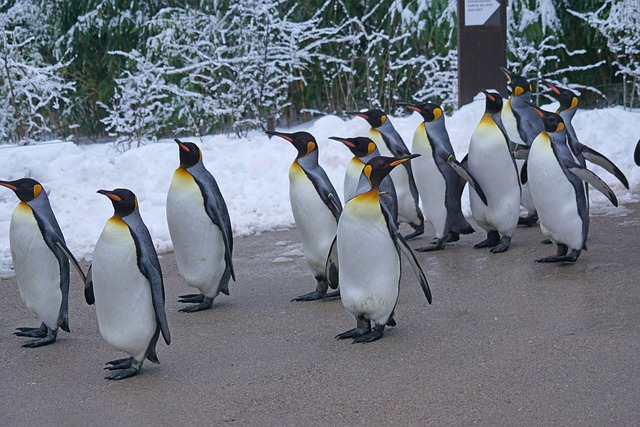
Breeding
The penguins have a longer life span than other animals, therefore it will take them three to eight years to reach sexual maturity. The Breeding season is different from one species to other. The little penguins can breed throughout the year and their breeding cycle completes within 50 days. King penguins have a different birth cycle as it takes 14 to 16 months for them to the breeding cycle. The female penguins will have one to three partners during mating time. The breeding and the laying of eggs are done in the nesting sites. The female penguins lay two legs at a time, the nest that they make for the egg is named “clutch”.The eggs are in the colours white, blue and green and the shapes of the eggs differ according to the species. During the incubation period, both the male and female partners incubate the eggs one by one. The male penguins can fast during the periods of courtship, nesting and in incubation, the body fat reserves them but they lose almost 45% of their body weight.
Fun Facts about Penguins
- The penguins can drink salty water.
- Some penguins sleep while standing up.
- The penguins have excellent hearing and eyesight to get protected from threats.
- The Penguins can swim at the speed of 16 meters per hour.
- The Emperor penguin can stay under the water for 20 minutes.
- The Emperor penguins are excellent at diving; they can dive 1800 feet deep.


